When I was young I devoured the work of 'Duck Man' Carl Barks - you know, the artist who invented Disney’s Donald Duck universe, with Duckburg and all its inhabitants. In The Netherlands, Barks’ comics were collected in an album series and released at a rate of about four times a year, so my brothers and I amassed a collection of them that's still in our possession, some of them literally falling apart but still worth another read.
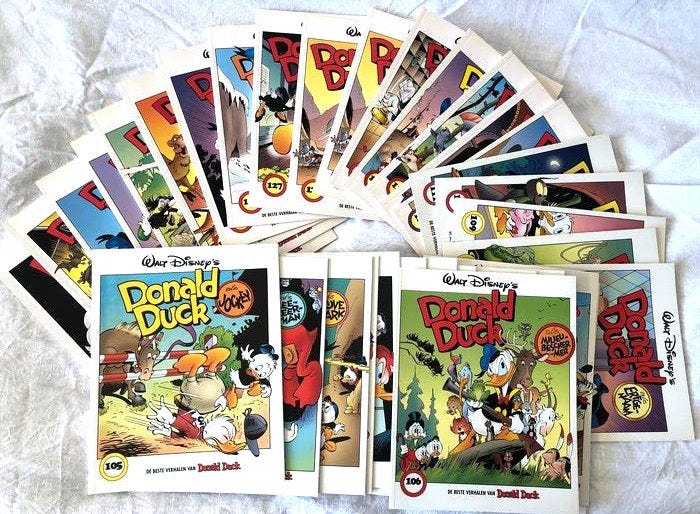
My Comics DNA
Carl Barks' storytelling and artwork are deeply engrained in my comics DNA. Especially when I'm drawing kids comics (as I do for Jump Magazine and Tina) I subconsciously borrow from Barks. But what is it exactly that makes Barks' storytelling so compelling?
I'm starting to analyze this, and one of the first coherent things I can say about it is that Barks' stories are in the first place driven by the characters' personalities, not necessarily by the action.
What do I mean by that? Well, something like this: when, as a comic artist, you need to move your cast from A to B, it's easy to draw a panel with them saying: "Shall we go to B?" "Yes. let's." Functional. BORING.
What would Carl Barks do?
Barks almost never has his characters just plain walking anywhere. They run. They tumble. They fly. And they banter: "Last one there is a rotten egg!" His artwork and dialogue is dynamic. Something happens. Characters bounce off each other, even during the simplest action.
When I sketch my stories for Casa Kiki, the comic for 8-12 year olds I make for Tina Magazine, I try to remember this. Every panel is an opportunity for action, or a joke, or a deeper insight in the characters.
Balloons
Although I'm already on my 33d story for Casa Kiki, it's still a work in progress. The coloring has changed from elaborate (when my husband Yiri colored it) to plain "flat" colors (by me). The drawing itself has gone completely digital since episode 29, on my iPad in Procreate. And the word balloons have changed - from computer-made to hand drawn, to the handy ellipses Procreate makes when you hold down the pencil a bit longer - but none of them truly satisfied me.
When in doubt... Barks!
I never really looked at Barks' word balloons. The storytelling is so compelling that such details just never registered. Which is exactly what good comics must do: they must convey the story, not the work that went into making them.
Barks' balloons are as alive as his characters. They pulse, they float, they are made of the same flowing lines as the rest of the drawings.
Now that I draw on the iPad, it's much easier to experiment in Barks' style, because boy, those lines are not easy to emulate. But so satisfying when they come out right.
I use the Studio Pen in Procreate and try to get the lines a little thicker at the bottom than on the top, to create a subtle depth. I have ways to go yet to get them as neat as Barks could, but for now I'm very happy to incorporate them in my stories.
Did you know...
My rekindled interest in Barks' influence was actually sparked by a link my husband sent me (who was tipped by a tweet from Erika Moen), to this video:
Do watch it if you have the time! I was especially blown away by the discovery that Osamu Tezuka, "God of Manga", owes so much to Barks. It puts the whole "manga vs comics" debate in a whole new light - basically, we're all family in comics. And Carl Barks is everyone's favorite uncle!
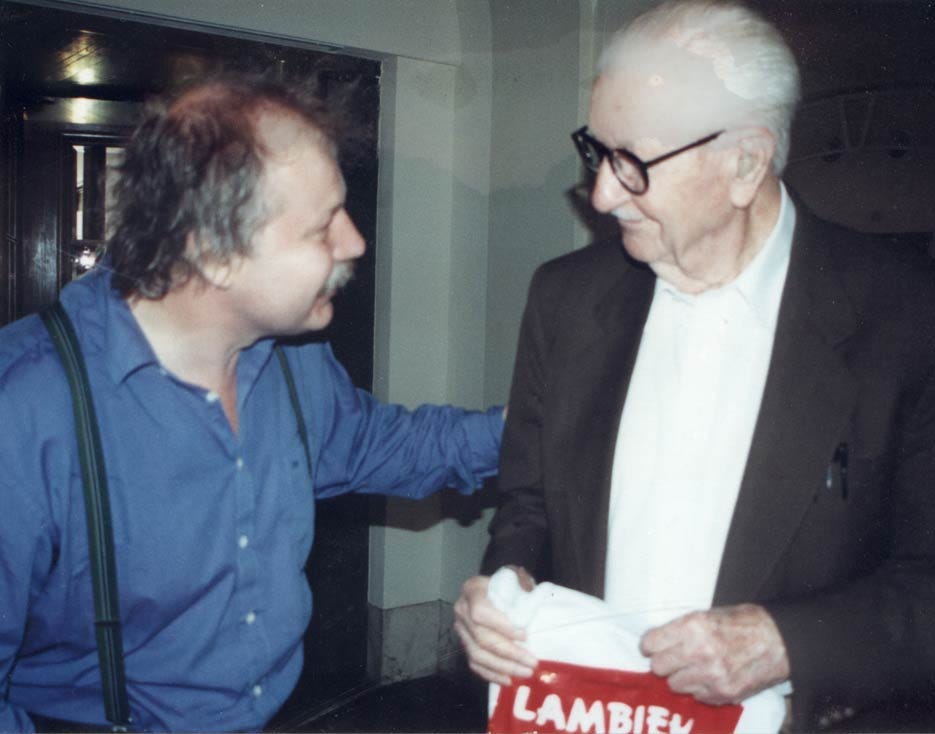
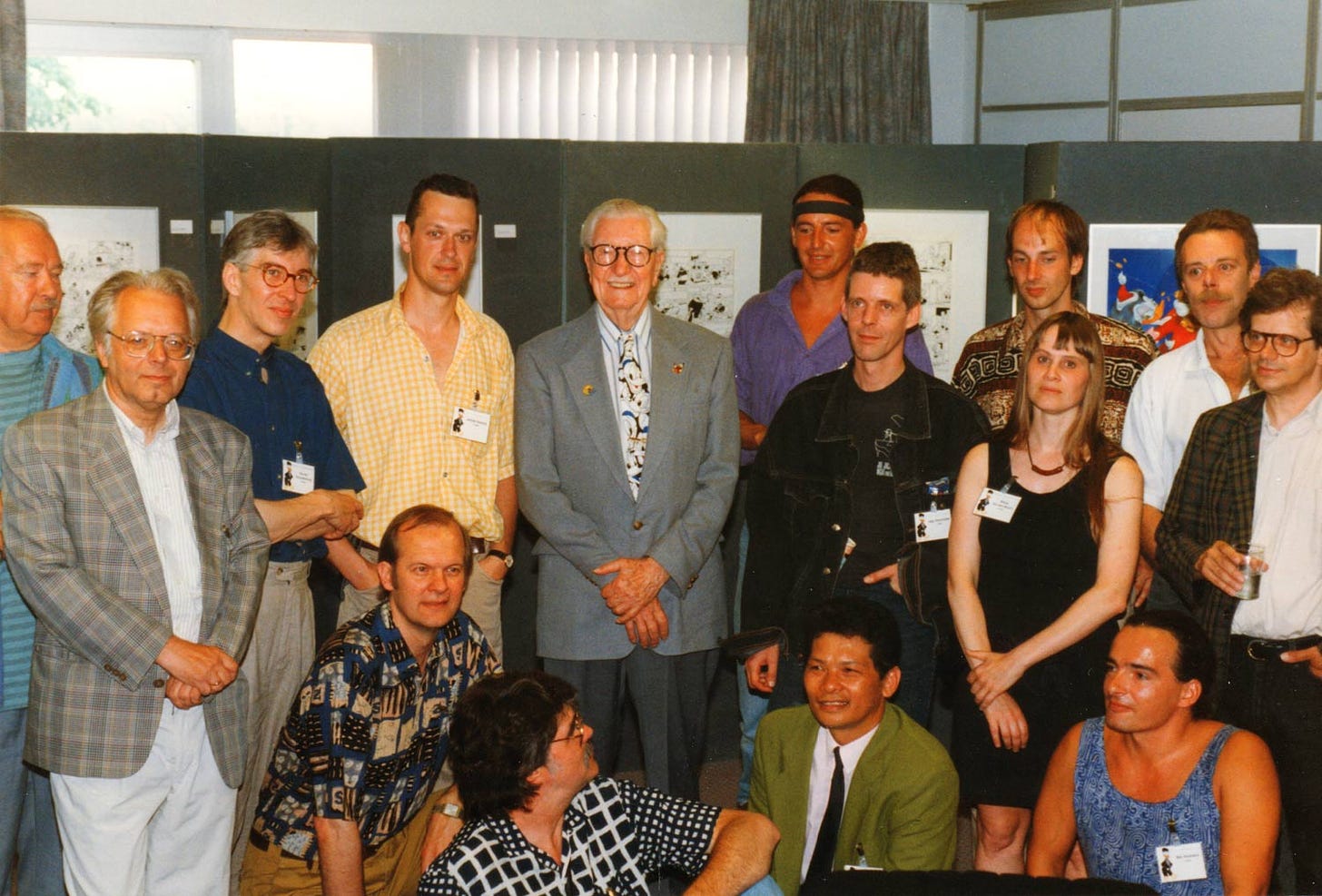






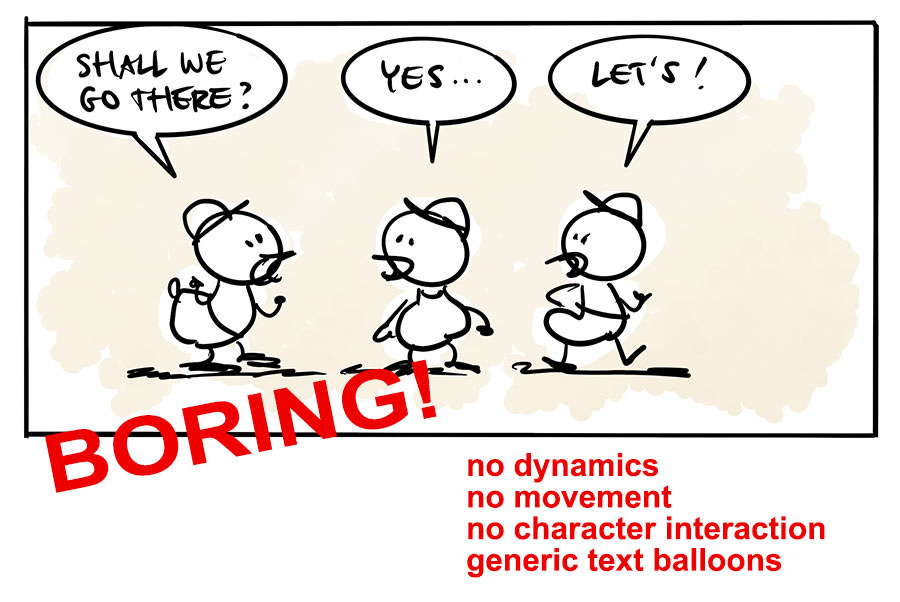
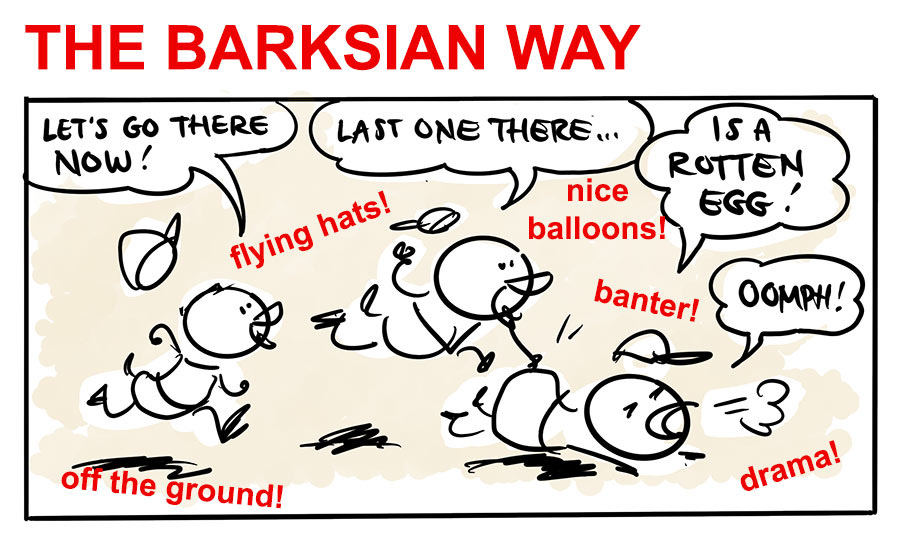
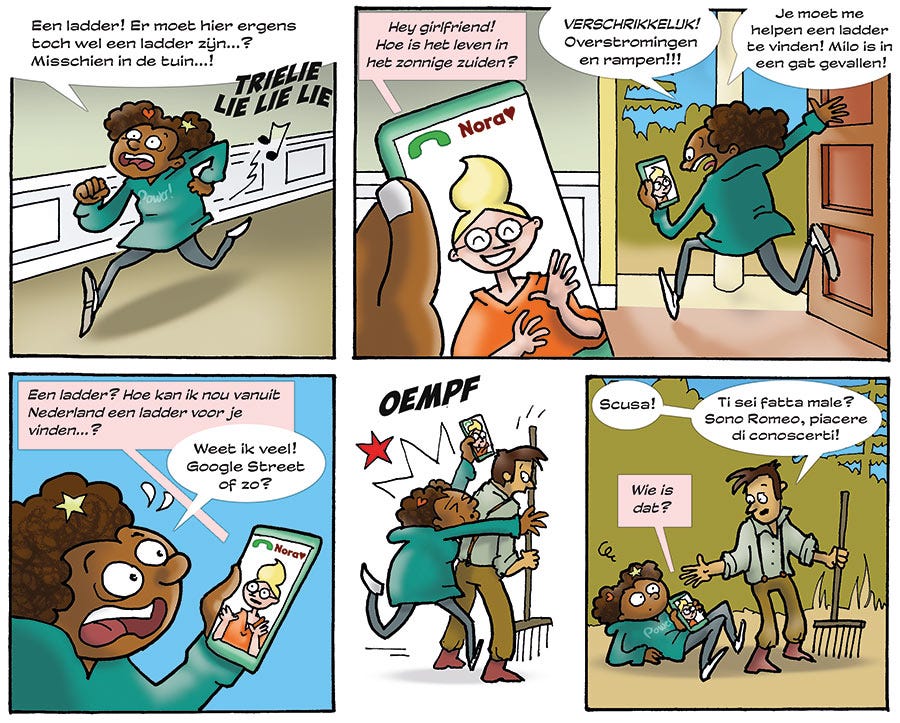
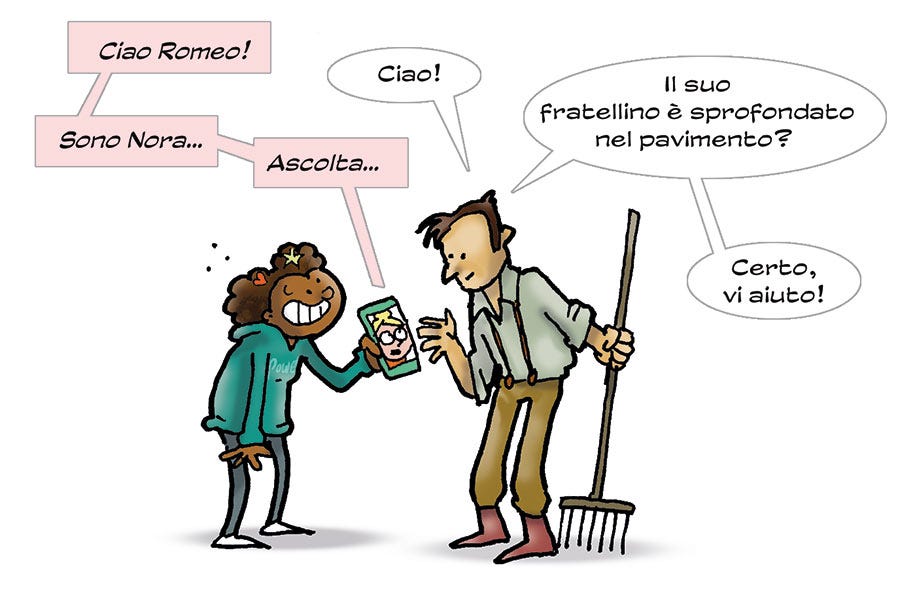
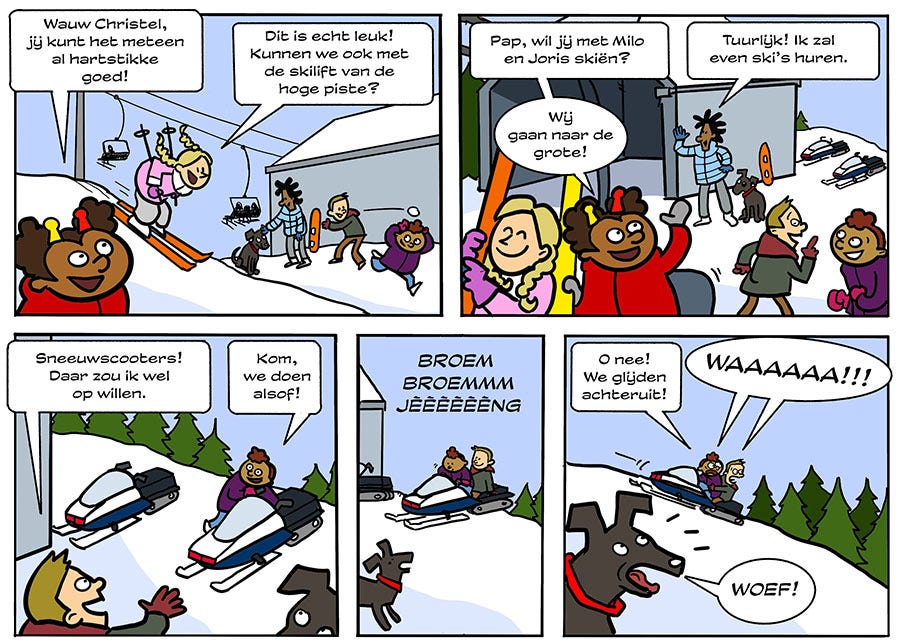
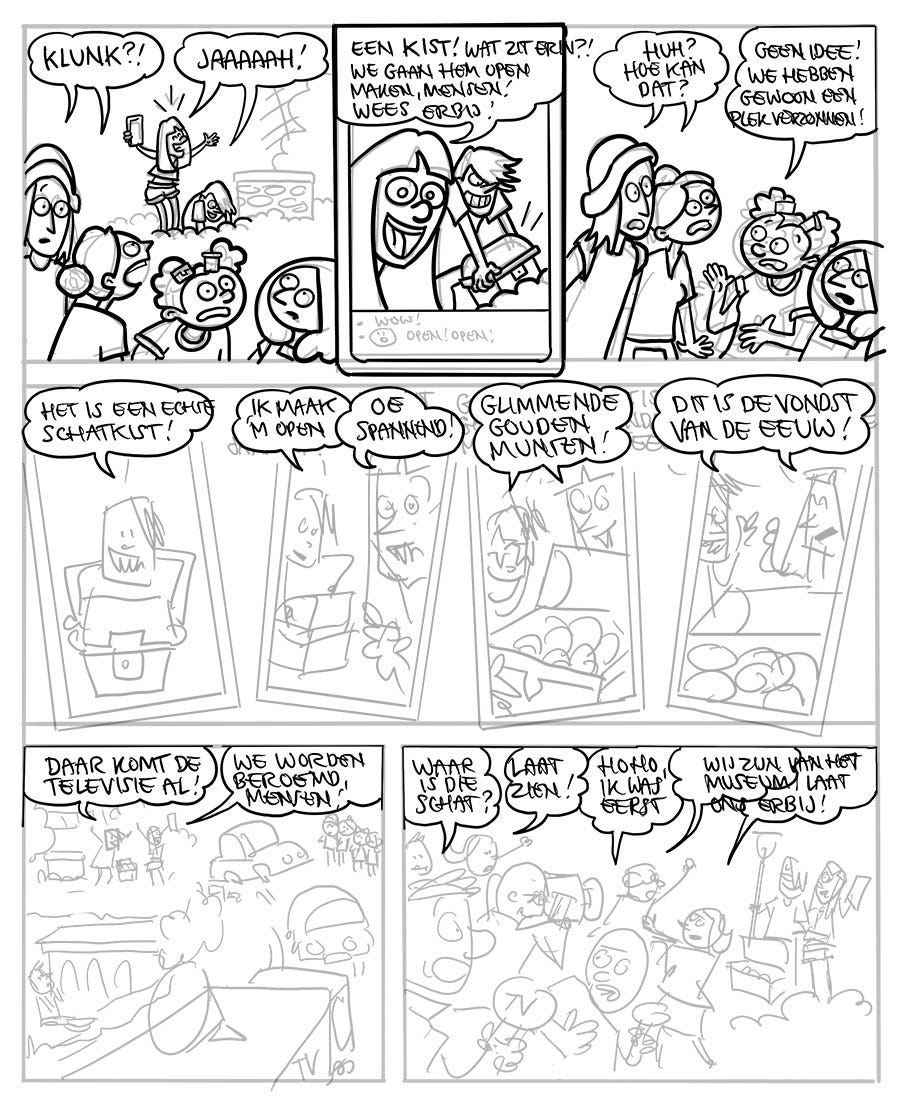
>>The storytelling is so compelling that such details just never registered. Which is exactly what good comics must do: they must convey the story, not the work that went into making them.<<
This is so true! Many times, when I haven't been sure how to draw or communicate something in my comics, I'll look at other work...but in such a way as to examine it. It always looks different to me than when I was just reading the work for pleasure and all the details just seemed to blend into one image. Your quote above explains it very well.
"we're all family in comics" I love this, though I'd say we all get along better!